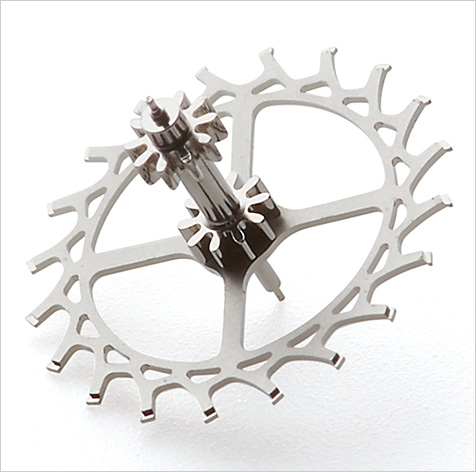Do you work on watches at all? Just curious.
On the quoted sections, I would say "yes, sort of."
Modern oils tend to dry and leave very little residue behind, unlike the older natural oils. I have seen many watches come to my shop for servicing that were completely dry inside, and yet to the wearer there would be zero indication that there was anything wrong inside.
Here's an example I posted about some years ago - I'm wearing that watch as I type this BTW:
If my watch keeps time well, does that mean it doesn't need service? | Omega Forums
By the time the watch wearer notices anything, the damage will already have been done. Older natural oils will gum up and cause the movement to stop, typically before any real damage is done, but they don't last as long.
Your comment about oils disappearing on the escapement first, and in such a short time, directly conflicts with my experience and any training I've been given at school or by watch brands. I'm not sure what type of oil you are referring to though, because in fact the escapement is typically oiled with a thixotropic grease/oil - Moebius 9415. It is excellent at staying in place over longer periods of time, because until it is under load it has the consistency of grease, and liquifies under pressure. Now if you were to go old school and actually use oil on the escapement, something like 9010, then yes what you have described would be more likely.
Cheers, Al





